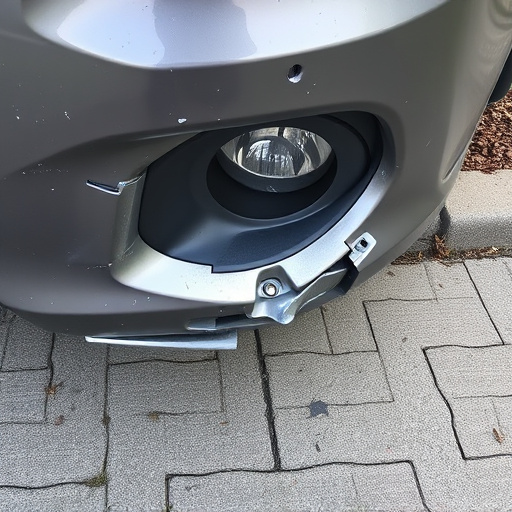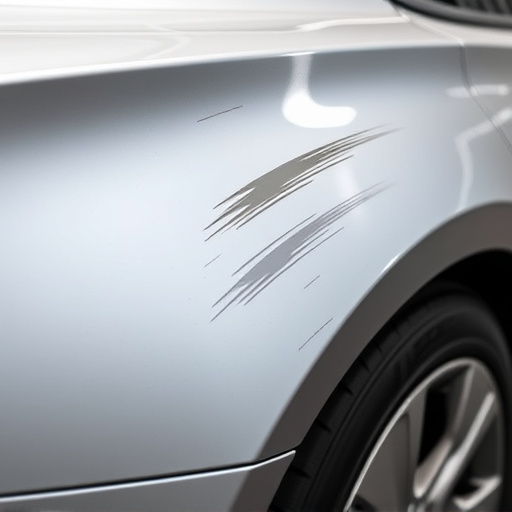Mercedes high-voltage disconnect is a critical maintenance process for electric and hybrid vehicles, relying on tools like STAR (System Test and Analysis) Tools for precise identification and testing of connectors and circuit paths. The STAR validation process ensures safety and effectiveness by proactively identifying potential issues, streamlining body shop services, and optimizing processes for efficient auto body painting and restoration. Performing the disconnect requires meticulous attention to detail, adherence to safety protocols, and structured disassembly, with safe storage of high-voltage parts, aligning with industry standards.
Discover the future of vehicle maintenance with the validation of Mercedes high-voltage disconnect procedures using STAR Tools. This cutting-edge technology ensures precise and safe disconnection of high-voltage systems, integral to modern cars like those from Mercedes. Understanding these advanced systems is key to effective troubleshooting and repairs. Explore the step-by-step process, leveraging STAR Tools’ capabilities for accurate results, revolutionizing how we approach Mercedes high-voltage disconnects.
- Understanding Mercedes High-Voltage Systems
- The STAR Tools Validation Process
- Step-by-Step High-Voltage Disconnect Procedure
Understanding Mercedes High-Voltage Systems

Mercedes high-voltage systems are designed to deliver power efficiently and safely, particularly in electric vehicles and hybrid models. These systems typically involve complex networks of cables and connectors that transmit electricity from the battery pack to various components like motors, lights, and heating systems. A Mercedes high-voltage disconnect procedure is a critical step in maintenance or repair, allowing technicians to isolate and work on these sensitive electrical components without risking shorts or damage.
Valid tools like STAR (System Test and Analysis) enable auto body shops and car bodywork specialists to perform precise and safe Mercedes high-voltage disconnects. By leveraging advanced diagnostic capabilities, STAR Tools help identify connectors, track circuit paths, and validate the integrity of high-voltage systems. This not only ensures the accuracy of repairs but also enhances safety for both technicians and vehicle owners, making it an indispensable resource in modern car repair practices.
The STAR Tools Validation Process

The STAR Tools validation process is a meticulous procedure designed to ensure the safety and effectiveness of Mercedes high-voltage disconnect operations. This involves a step-by-step evaluation using specialized software and equipment, specifically tailored for the unique requirements of electric vehicle (EV) maintenance. The process begins with a thorough system analysis, allowing technicians to identify potential issues before any disconnection occurs. This proactive approach is crucial in preventing damage and ensuring smooth, efficient body shop services for high-voltage components.
STAR Tools facilitates precise control and monitoring during the actual Mercedes high-voltage disconnect procedure. By simulating various scenarios, technicians validate the system’s responsiveness and safety mechanisms. This rigorous testing not only confirms the integrity of the vehicle’s electrical systems but also optimizes the process for efficient auto body painting and overall restoration. The validation guarantees that every step aligns with industry standards, ensuring the highest level of quality in automotive body shop services.
Step-by-Step High-Voltage Disconnect Procedure

Performing a high-voltage disconnect procedure on a Mercedes vehicle is a specialized task that requires precision and safety. The process involves several meticulous steps to ensure the safe removal of high-voltage components, such as batteries and electric motors. It’s crucial to follow a structured approach to avoid any electrical hazards during auto repair services.
Begin by ensuring the vehicle is securely parked on a level surface, engaging the parking brake, and disconnecting the negative battery cable first, followed by the positive cable. Next, locate and identify the high-voltage components, such as electric motors or power electronics. Use STAR Tools (a specialized software for diagnostic and repair) to assist in identifying and locating these parts accurately. Once identified, isolate the components by switching off the main power supply and confirming no electrical connections remain active. Proceed with careful disassembly, taking note of any intricate wiring or sensor placements. After removal, securely store the high-voltage parts away from direct contact or accidental activation. This meticulous step-by-step procedure is vital to ensure both safety and efficiency during vehicle dent repair or collision repair processes.
The validation of the Mercedes high-voltage disconnect procedure using STAR Tools underscores the importance of meticulous safety protocols in handling such advanced electrical systems. By successfully demonstrating the efficacy and reliability of this process, mechanics can confidently perform high-voltage disconnects on Mercedes vehicles, ensuring optimal performance and safety. This step-by-step guide equips professionals with the knowledge to navigate complex electrical landscapes, making it a valuable resource for anyone involved in Mercedes maintenance.














